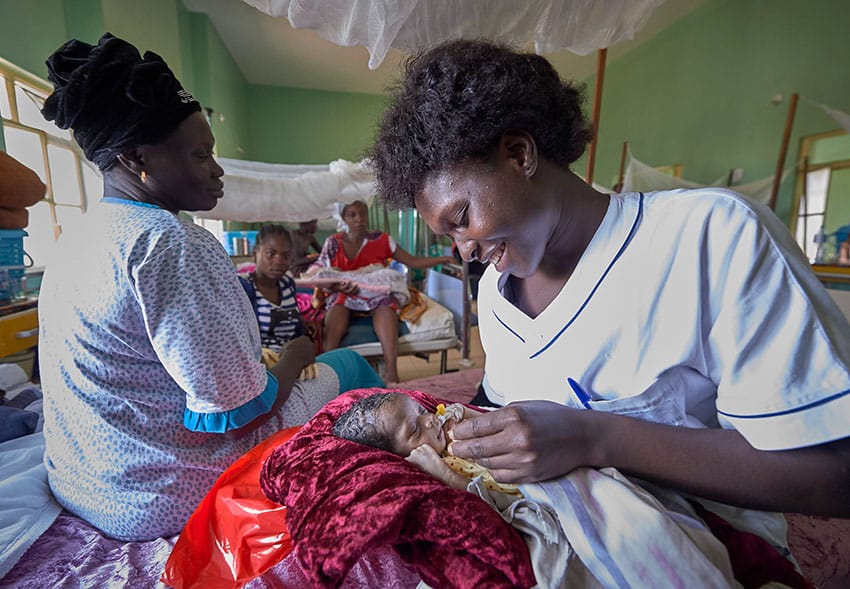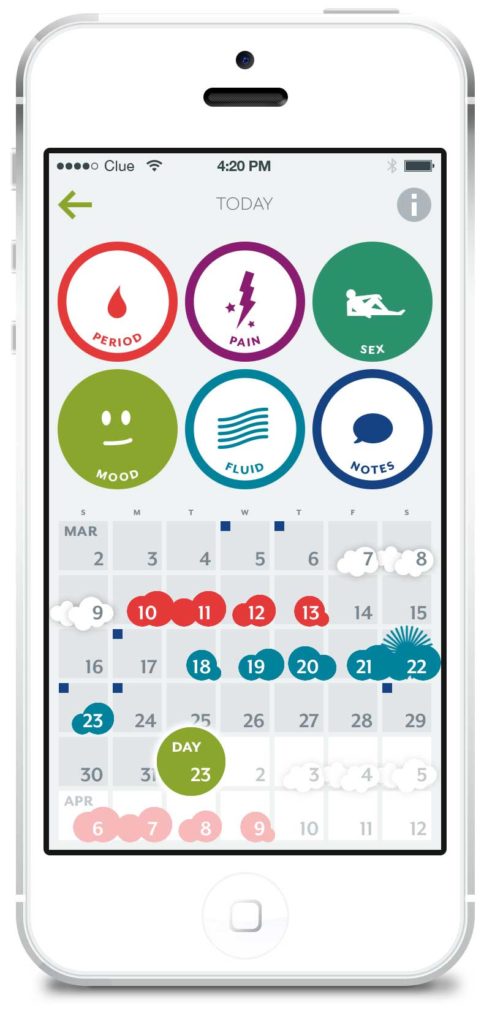Overcoming division
Another positive development I discovered on returning to Australia was that divisive disputes between the various natural methods had ended. Controversy and competition had been a negative feature in the field of the natural regulation of childbirth. The “method wars” became bitter and involved a loss of charity and balance. But the Australian Bishops brought the promoters of various methods together in an official working group, which also made it possible to receive some government assistance.
Technical disputes arise, for example over the precise way the Billings Ovulation Method should be interpreted. I hope that these differences can always be kept “within the family”. The devil loves to set good Catholics against one another, not so much over what we believe, but over how we do things! While I favour the Ovulation Method, I have married friends who found that the Sympto-Thermal Method was more useful in their situation.
Where We Are Today
However, 50 years after the encyclical there is a mood of indifference within the Catholic community. Has Church teaching on birth control become a “non-issue”? No one speaks about it. Rarely do articles appear in Catholic journals on this controversial topic. It is not included in homilies, even if prudence requires a certain reserve when preaching on this question at a Sunday Mass because children are present.
Today a patronising approach describes Humanae Vitae as a beautiful ideal, which might be achieved by some people, gradually, by trial and error, but just an ideal. That gradualist approach has never been accepted by the Church. While some couples experience difficulties, other couples find that the natural approach is not some lofty ideal, but an attainable way of living Christian marriage and raising a family.

In spite of problems, it is easy to explain the core message of Humanae Vitae and to promote natural spacing of childbirth. This can be done in many positive ways. The Australian Bishops’ Commission on Pastoral Life, of which I was a member, supports new ways of spreading the good news of the natural spacing of childbirths.
What is truly natural can become a means of grace in marriage because God’s plan has been given to us in our very creation as male and female. This is why we need to popularise the great gift of Saint John Paul II, The Theology of the Body. The capacity for self-giving, the interpersonal dimension of married life, grows with the help of natural methods, especially through the sharing of decisions in equality, with better communication and the tender love required for mutual self-control. Moreover, in the face of increasing tragic fertility problems, many couples can achieve the precious gift of a child by reversing the natural methods.

I believe the Church needs to support wider promotion of natural methods in the secular marketplace, particularly through television and the social media. Millions of women are still ignorant concerning the real patterns of their fertility. Do not all women have the right to this scientific knowledge? Most men think only in terms of contraceptives or the final “solution”, sterilization. The propaganda of International Planned Parenthood and its affiliates is prevalent, especially through the AIDS condom campaigns. Therefore, our message needs to be re-worked in imaginative and creative ways. One suggestion is that we should develop an appreciation for the natural “ecology of the body”, an approach that would resonate with many young people today.
The emerging generation of fervent young Catholics is a cause for hope. I was encouraged at the World Youth Day in Sydney to see how young pilgrims welcomed the talks we offered on the Theology of the Body as well as information about natural methods. Some of them seem to appreciate the challenge of Humanae Vitae, seeing it as a radical alternative to the permissive lifestyles that the world imposes on them. During World Youth Day, young people firmly, but humorously, rejected the condoms that were frequently and persistently pressed upon them in streets and parks.
